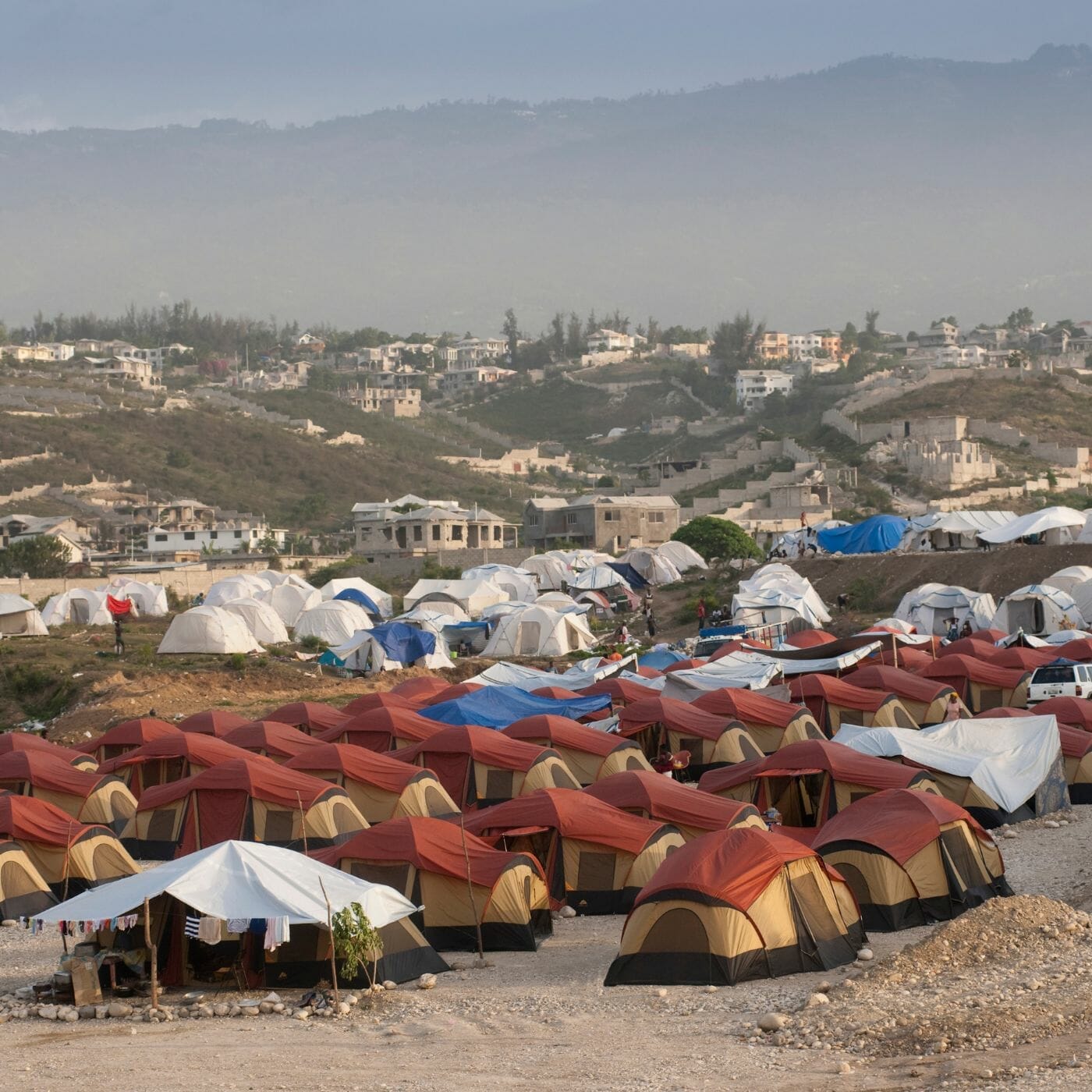New Eco-Friendly Shelters for Disaster Zones

Eco-friendly shelters are structures that are designed to have a minimal impact on the environment while providing a safe and comfortable living space for their occupants.
Recycled Shelter provides eco-friendly refuge for those fleeing disaster zones
Refugees fleeing disaster zones could soon be living in temporary shelters made from 100% recycled materials, which will not only prove safer and more durable than tents but also help to reduce the plastic waste mountain.
The University of Birmingham sustainable engineering experts in the School of Engineering have worked with Birmingham-based company Suscons over the last 18 months to develop a new type of emergency relief shelter (ERS) – the Suscons ERS Transitional Shelter.
Meeting all UNHCR requirements, the four-person shelter is delivered as a flat-pack in standard ISO freight containers. It can be quickly erected by unskilled labor – providing emergency shelter as well as longer-term temporary accommodation, with a minimum lifespan of 10 years of continual use.
Doors and windows are lockable providing much-needed security and the shelters can also be adapted to form mobile medical units.
Each unity is made from 460kg of waste plastic and if the units were to replace 1% of the shelter market – estimated to be six million shelters per year – that would be 42,000 units taking over 19,000 tonnes of waste plastic out of the waste stream each year
Peter Braithwaite, Director of Engineering Sustainability at Birmingham Centre for Resilience Research and Education, commented: “We’ve had very positive discussions about the shelter with several relief agencies, including UNHCR and UNICEF, and received a great deal of interest when we showed the shelter at this year’s Dubai International Humanitarian Aid and Development (DIHAD).
“This is a high-quality emergency shelter for immediate relief which can become a transitional shelter with the addition of a sanitary/kitchen module – durable, safe accommodation delivered in a flat pack, easily erected with minimal tools. After use, the shelters can be shredded and turned into new products, with no waste generated.”
Mr. Braithwaite added that while the ERS is more expensive than a tent, it was hoped that a new innovative model of selling or leasing, the shelters based on whole-life costs would encourage relief agencies to start using the shelters in disaster zones.
According to UNHCR, 32.5 million of the 103 million forcibly displaced people worldwide, are refugees. Although the need for emergency relief shelters has increased by at least 5.4 million due to the conflict in Ukraine, demand remains considerable from other countries suffering conflicts such as Syria, Venezuela, Afghanistan, and South Sudan.
A large percentage of refugees end up in UNHCR tents, which are designed for an 18-month life but inevitably camps exist far longer. While tents made from textile or plastic sheets are the simplest and most frequently supplied form of shelter in post-disaster areas, serious problems remain:
Shortage of adequate shelters; Problems with storage of tents due to costs and durability; The short lifespan of tents; Tents are uncomfortable and have limited head height; and Tents do not provide security for the vulnerable
To appropriately respond to disaster victims’ urgent needs, traditional temporary accommodation requires improvements in providing security and sanitation for those occupying the spaces, as well as better accessibility, privacy, and living comfort.
Steve Ford, Director of Seasons, said: “We’re very excited about the future of the shelters. Discussions at DIHAD have underlined the need for innovative, sustainable shelters. We’ve found that the shelters can also be adapted to provide mobile medical units. Our partnership with the University has been critical in getting this far, and we look forward to building on this in the future.”


The point of Carroll’s poem is that the Snark “suddenly vanished away” as the Snark was a Boojum. One hopes that this Budget does catalyze economic growth rather than seeing growth vanish away as job makers replace people with machines or decide to invest in countries that are more supportive of business.
About the University of Birmingham
The University of Birmingham is ranked amongst the world’s top 100 institutions, its work brings people from across the world to Birmingham, including researchers and teachers and more than 8,000 international students from over 150 countries.
OMTimes is the premier Spiritually Conscious Magazine. Follow Us On Facebook, Twitter, Instagram, Linkedin, Pinterest, and Youtube
OMTimes Magazine is one of the leading on-line content providers of positivity, wellness and personal empowerment. OMTimes Magazine - Co-Creating a More Conscious Reality






